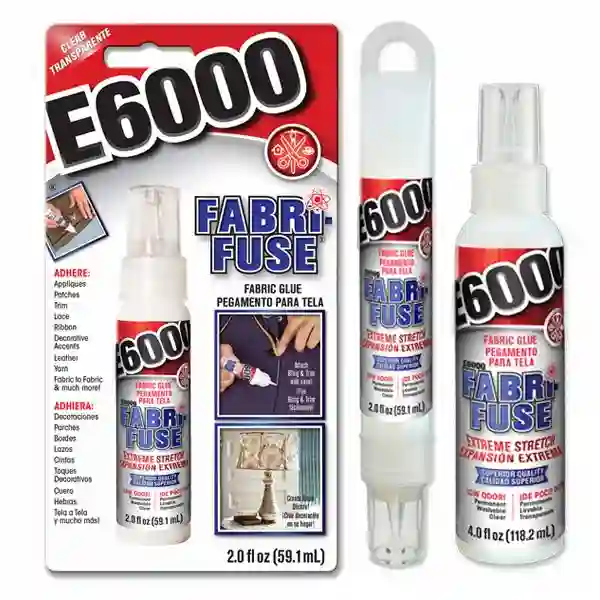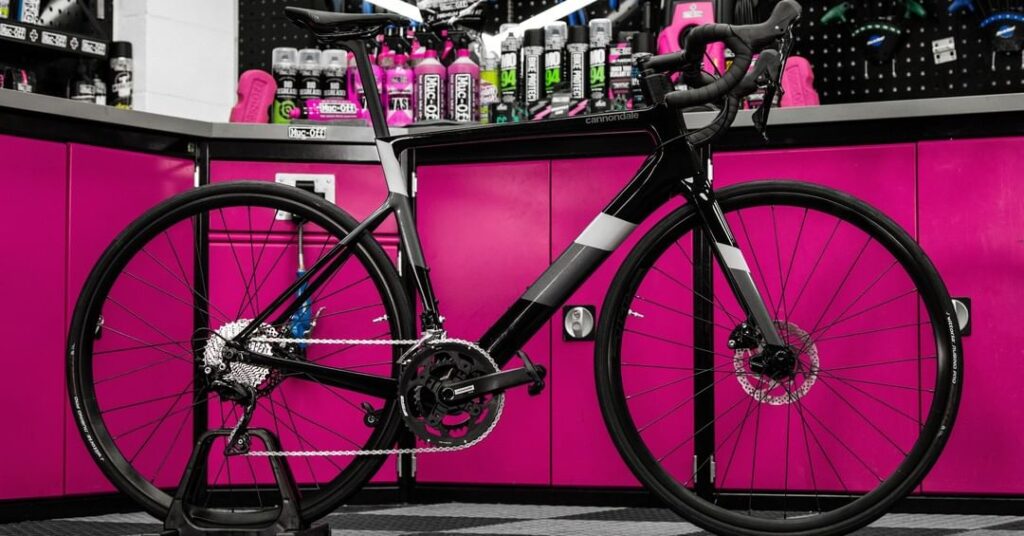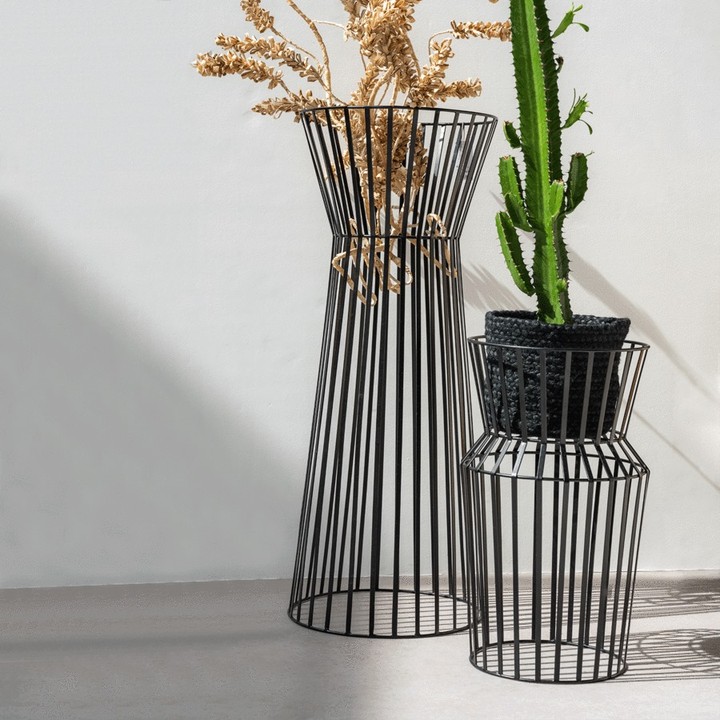E6000 is mainly an industry-grade glue used in manufacturing facilities. However, it is frequently used at homes for various DIY projects.
But before you head to your nearest Home Depot to buy a tube of E6000, it’s important to know if E6000 is toxic. Is it safe to be used around pets and children?
Read our complete guide to know more.
Table of Contents
Is the E6000 adhesive toxic?
Yes, E6000 is toxic. It is an industrial-strength adhesive that is used mainly in manufacturing as well as DIY projects at home. It releases toxic fumes, and so you should wear a mask or respirator when using it.
Do not inhale the fumes when using E6000 as it could cause nausea, dizziness, etc., and even breathing difficulties.
You may even lose consciousness if you inhale too much. You should wear protective gear on your eyes and skin because it causes irritation, redness, and other reactions.
E6000 contains solvents like tetrachloroethylene and perchloroethylene. High concentrations of these solvents could cause dysfunction in the Central Nervous System (CNS), reduce brain coordination, and cause kidney damages.
Finally, E6000 can cause cancer. Prolonged tests on animals have proven its carcinogenic ability. However, there is no conclusive evidence on humans yet.
ALSO READ: Does Gorilla tape really work?
Is E6000 food-safe?
Not at all. E6000 may not be consumed in any quantity. The chemicals and fumes from E6000 are very unsafe upon inhalation or contact with your skin.
If you use E6000 for any DIY craft project, make sure that you keep them as far away as possible from any food containers, cutlery, and drinking glasses.
Do not use E6000 to mend broken plates, because any food placed on them will be contaminated. It has not been certified by the FDA as food-safe either.
E6000 is not used in the manufacturing, packing, transportation, holding, or preservation of foods and beverages.
Is E6000 safe for animals?
Do not use E6000 in places where pets or other animals could come into contact with the glue. This includes cages, kennels, or other surfaces within their reach like wood, paper, etc.
Animals tend to sniff or lick items. Exposure to E6000, either way, could be fatal.
It is important to know that the glue becomes inert once dry. It can still be unsafe for animals if the dry glue is ingested or if it gets stuck to their fur.
To be fair though, this is true for most types of glue, except those that are specifically labeled to be non-toxic for animals.
Is E6000 safe for reptiles?
E6000 is generally safe once the glue dries or is cured, and its toxic fumes no longer linger. Also, E6000 does not dissolve easily after it dries. So it can’t be ingested by reptiles.
So as long as you ventilate the area where your reptiles can come in contact with the dried glue, it should be fine.
Generally speaking, silicone-based glues and hot glue are relatively safer for this purpose. Wood glue is non-toxic and can also do the job without hurting reptiles.
Is E6000 safe for birds?
The fumes from E6000 can be fatal for birds. However, Once dried, it’s safe for the birds once the glue has dried and cured.
However, make sure you apply a non-toxic sealant over E6000 since pecking or ingesting the glue, even after it has dried, can be dangerous for birds.
You may use homemade adhesives like corn starch adhesives if you want to be absolutely safe.
Is E6000 safe for an aquarium?
Even though E6000 is only mildly water-soluble, it is not a good choice to use in aquariums. You need a solvent to dissolve the adhesive. You can use acetone or nail polish remover for this purpose.
There are other reasons why E6000 is not safe for use in aquariums. For one, the glue can dissolve slightly when exposed to water for long periods of time. Traces of the toxic chemicals will find their way into the water and can be harmful to aquatic life.
Also, E6000 has quite a few VOCs (volatile organic compounds) in its composition. The VOCs can be harmful to aquatic creatures in terms of their growth, reproduction, and general health. So, while E6000 may hold quite well in water, its toxicity could possibly hurt your fish.
Is E6000 safe for skin?
No, please do not use the E6000 with your bare hands. Wear protective clothing and gloves when handling the adhesive. You may experience irritation and redness on your skin and so any direct contact with the adhesive must be avoided.
Also, cancer-causing chemicals like tetrachloroethylene could enter the body through the skin.
It is a good idea to thoroughly wash your clothes once your task is done.
Is E6000 safe for nails?
E6000 is safe for fake nails and does not cause any damage to the product! But do not use this adhesive to stick the fake nails to your real ones. For this, you should only use proper nail glue.
You can however use E6000 to fix rhinestones, glitter, and other flourishes to your fake nails.
The chemicals in E6000 can be quite harsh and unhealthy for your nails. If you do get it on your nails or the surrounding skin, you can remove it before it causes irritation. The best way is to rub it off gently with any nail polish remover.
Is E6000 safe for plastic ?
E6000 is safe for use on certain types of plastic. These include PVC, vinyl, and acrylic. On the other hand, it does not bond well and cannot be used with other plastic polymers like polystyrene and Styrofoam. It is also unsuited for plastics like polypropylene and polyethylene.
The reason E6000 is unsuitable for use with certain plastics is that it does not dry effectively and bonds very weakly.
With polypropylene or polyethylene which are used for plastic packaging, bottles, and bags, the application of E6000 may even melt the thin plastic.
Is E6000 safe for plants?
If you are looking to create a terrarium or attach plants to a tasteful miniature garden, then E6000 may be the right choice. It is great for mounting air plants. It helps in attaching plants with roots to existing trees or wood.
You should just be careful not to smear the plant itself with glue. Just dab it lightly on the roots or the bottom. Then they can latch onto the primary plant’s roots or bark. E6000 is safe for use for house plants as well.
Since the glue is only mildly soluble, it is pretty much waterproof. It also bonds well to wood and bark. So it is a good choice of adhesive for these needs.
Reference:
ALSO READ: Are Cra-Z art markers as good as Crayola?
Can you use any Crayola marker on Scribble Scrubbies
- Does Glossier Skincare Have Fragrance? - October 21, 2022
- Is Aveeno Color-Safe? - October 20, 2022
- Is Acure Color-Safe? - October 20, 2022



